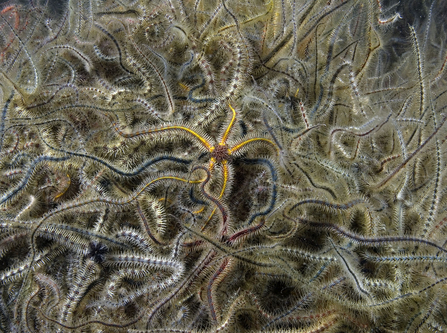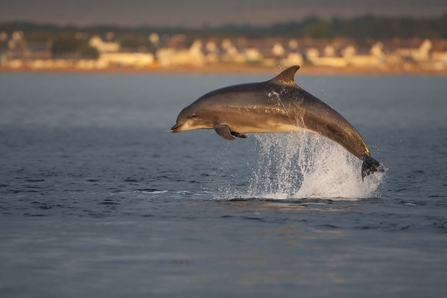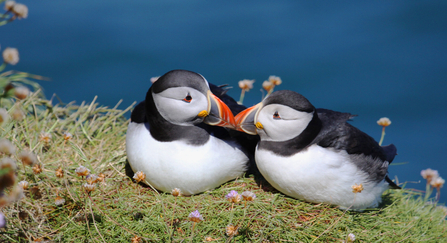The first step has been taken towards the designation of England’s first Highly Protected Marine Areas (HPMAs) – as Defra announces a consultation on five proposed HPMAs. These will be the strongest ever protection measures for our seas.
The Wildlife Trusts have been calling for HPMAs for three years with the support of over 10,000 people who have called for greater protection of marine life.
This new designation will ban all damaging activities within large areas of at least 5km wide for the first time. By safeguarding all wildlife and habitats, HPMAs will give nature the best chance to recover, benefitting not only each place but large parts of the sea around them.
Dr Lissa Batey, head of marine conservation at The Wildlife Trusts, says:
“The Wildlife Trusts put forward a list of special places at sea that we believe have the most to gain from becoming HPMAs – we want these to act as star examples of the benefits that banning damaging activities can bring. We’re thrilled that places like Allonby Bay and Inner Silver Pit have been selected for socio-economic review, as part of five shortlisted sites.
“It’s vital that large ocean wildlife hotspots should have a chance to thrive once more. The knock-on benefits for reviving the surrounding seabed and the species that depend on it are immense. These areas will offer a lifeline to fish, seabirds, dolphins and sharks – the future health of our seas will come to depend on these amazing places.”




